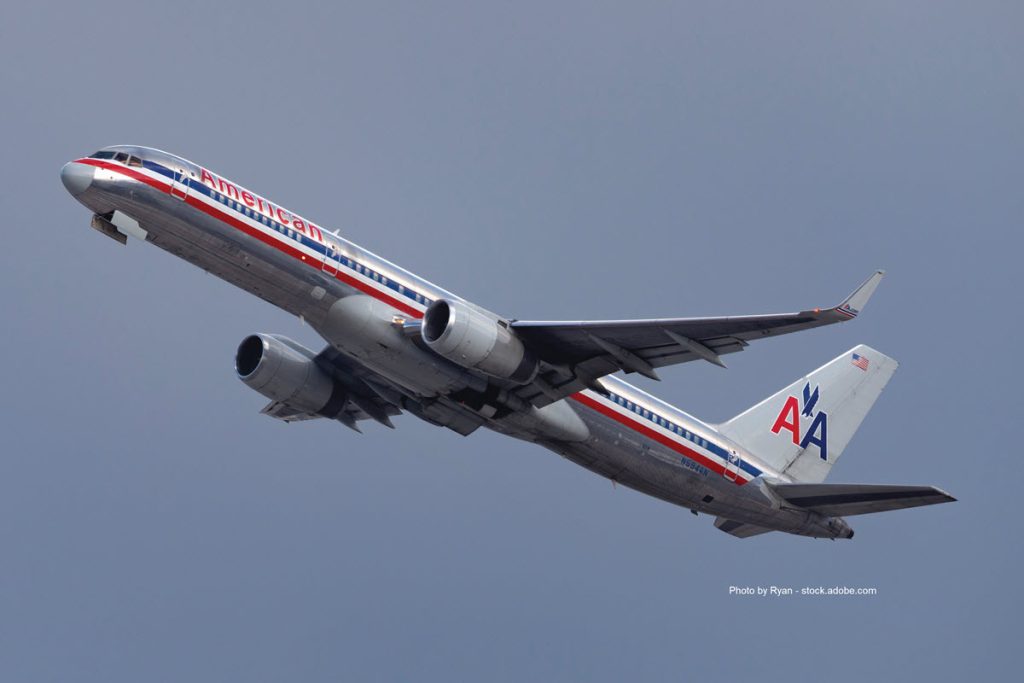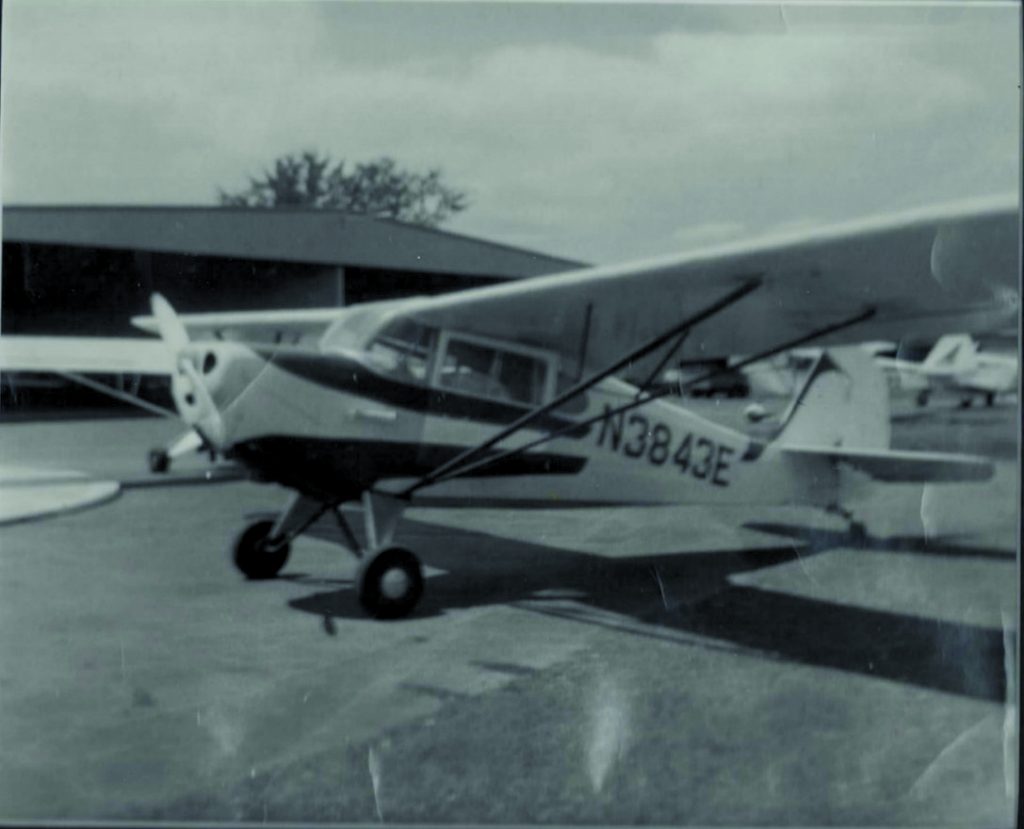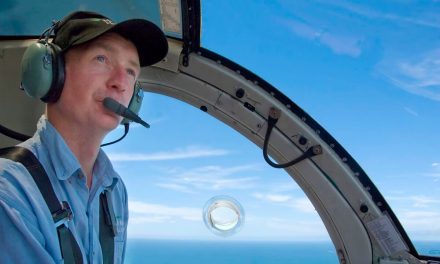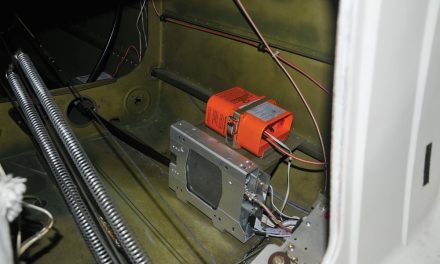
By Joel Turpin, ATP, CFII, FAA Master Pilot
Many years ago, the NTSB made a subtle, but very significant discovery concerning aircraft accidents. After analyzing hundreds of accidents, it was found that they were rarely the result of a single, catastrophic event. Studies showed that the majority of accidents were the result of a smaller chain of events that eventually culminated in disaster.
Many pilots, especially those who fly professionally, have experienced this “chain of events” phenomenon at some point in their careers. Chains can be very subtle or quite dramatic. They can even begin while the pilot is still on the ground.
Chains can be pilot-induced, or be the result of events that inexplicably happen and are seemingly impossible to control or prevent. Of course, just knowing about this strange phenomenon is the first step in recognizing it and stopping it before it leads to an accident.
Getting Up Close and Personal with a Chain
I encountered my first chain of events early in my flying career. I was a 17-year-old private pilot with about 130 hours in my log book when I experienced a chain of events that, incredibly, began while I was still at home.
During the winter of 1967, my family owned a 1946 Aeronca Scout, which I was permitted to fly at my leisure. The Scout was a two seat, 65-horsepower, fabric covered, tailwheel airplane that had a cruise speed of 87 mph. It had no radios, no lights, and no electrical system. Engine starts required two people, one to sit in the cockpit and hold the brakes, and another brave soul to spin the propeller by hand.
Navigation was accomplished with a sectional chart, a magnetic compass, and a stopwatch. Our Scout was based at the St. Charles Airport (RIP) located just north and west of St. Louis’ Lambert Field.
Saturday morning, December 12, 1967, was a cold and clear day in the St. Louis area. I had made plans to fly the Aeronca from St. Charles Airport to Iowa City, Iowa, where I would join my cousins for a college football game. I would spend the night there and fly home the next day. The weather all along my route looked good for a VFR cross-country flight with just a slight chance of a brief snow shower late in the day across southern Iowa.
The first link in the chain began when I was still at home. For reasons that escape my memory, I was over an hour late leaving for the airport. The second link in the chain occurred when I pulled the Scout out of its T hangar and discovered that I had forgotten to refuel it after my last flight. That meant finding someone to give me a hand prop, while I held the brakes. After finding a willing helper, I got the engine started and taxied to the fuel pumps where I found that I was number 5 in line with only one person running the pumps.
The fuel pumps at the old St. Charles Airport were situated on a circular, elevated, concrete “island” which was designed to prevent airplanes from colliding with the pumps. While standing near my airplane, periodically pushing it closer as other planes fueled and departed, the pilot of a Cessna 182 pointed his tail directly at my airplane.
After starting his engine, he gave the throttle a mighty shove and taxied away from the fuel pumps. The resulting blast of wind from his propeller blew the tail of my Scout into the ledge of the concrete fueling island. The resulting collision created another link in the chain when it broke the tailwheel off.
I eventually found a mechanic who replaced the bolts that held the tail wheel in place, but the hour spent fixing the tailwheel meant it was now too late to make it to Iowa City in time for the football game. However, I had no other plans for the day and decided to make the flight anyway, just to visit my cousins.
After having my 12-gallon fuel tank topped off with 80 octane, I was finally ready to go flying. Then I did the math. Four hours of flying with one stop for fuel enroute would have me arriving at around 4 PM, just as darkness would be setting in, so long as nothing else went wrong. But the Aeronca did not have lights, and I had never flown at night. This meant it would be a race against time.
Then I thought about all the things that had gone wrong and got an uneasy feeling. A subtle little voice in the back of my brain was silently telling me not to take off. Fortunately, I listened to “the voice” and put the Scout back into its hangar.
A phone call to my cousin to inform her I would not be flying in brought a startling revelation. She told me it was snowing heavily in Iowa City! I called the FSS and found that the weather there was 500 feet overcast, one half mile visibility, in moderate snow. If I had not listened to the voice, an un-forecasted snowstorm would have been awaiting my arrival.
Although I didn’t recognize the events that happened that day as being the chain of events phenomenon, I did realize that too many things had gone wrong. I unknowingly broke the chain by simply not taking off.
The Wicked Chain is Finally Identified
Years later, I read an article in a flying magazine that described precisely what I had experienced that winter day in 1967. The author of the article advocated two things. First, the recognition that you are experiencing a string of events, and second, that the pilot should make every effort to stop the chain of events before they lead to disaster. It was information that I realized was extremely important and I never forgot it.
The chance reading of this article would allow me to recognize the “chain of events” phenomenon many times in my 58-plus years as a pilot, and to put its advice to good use.
Unfortunately, the flight crew of a Boeing 757 was apparently not familiar with what the author of the article had advocated. This led to one of the most dramatic examples of the chain of events phenomenon ever recorded. It occurred on the night of December 20, 1995.
On that date, an American Airlines Boeing 757 departed Miami, Florida for Cali, Colombia. Upon arrival in the Cali terminal area, Flight 965 experienced an incredible chain of events on approach that eventually led to disaster. I have identified an amazing 12 individual links in the chain that led to the accident.
12 Links to Disaster
The first link in the chain occurred 3 years prior to the accident when terrorists blew up the Cali, Colombia Airport’s radar antenna, which was never repaired. This meant the crew would be flying the arrival route down a valley, at night, between two mountain ranges, below their peaks, and not in radar contact.
The second link closed when flight 965 left Miami 2 hours late. Then, upon arrival in the Cali terminal area, another link to the chain was added by the air traffic controller’s limited command of the English language. This made communications difficult, which increased the crew’s workload and stress level.
The chain lengthened again when the controller unexpectedly offered the pilots a straight in approach to Runway 19. This was highly unusual, as the normal arrival was to fly the VOR/DME approach to Runway 19, then circle and land on Runway 1.
Since they were behind schedule, the pilots accepted the straight in approach and quickly reprogrammed their flight computer for the new route. However, programming the direct route to Runway 19 erased the fixes on the terminal arrival route from their navigation screens, adding another link in the chain.
More importantly, the crew’s decision to accept the straight in approach reduced the flying miles to the runway. This caused them to be high and fast which required the use of the flight spoilers, thus adding another critical link in the deadly chain. The flight spoilers on a Boeing 757 consist of 8 panels on the upper wing surfaces that, when deployed, extend vertically dramatically increasing drag and rate of descent without increasing airspeed.
The chain continued to lengthen when the controller, who was working without the benefit of radar, asked the pilots to report passing the Tulua NDB. This was one of the fixes on the terminal arrival route that had been erased from their screens earlier and was already behind them. This caused a great amount of confusion until the crew finally figured out that they had already passed Tulua.
To help them navigate to the end of Runway 19, the pilots then decided to re-program one of the waypoints that had previously been erased into their Flight Management System (FMS). This was an NDB named ROZO, identified on their paper charts with the single letter “R”. Incredibly, there was another NDB in Bogota, 150 miles away with the exact same letter R as an identifier.
However, the airplane’s Flight Management System knew this, and only offered a fully spelled out “ROZO” as one of the options to select. But the paper chart showed the identifier for the ROZO NDB as being a single letter “R”. And it was this discrepancy between the paper chart, and the airplane’s FMS, that caused the most critical link in the chain to snap shut.
Referencing only the paper chart, the captain manually reprogrammed the FMS with the letter “R”, which unbeknownst to him, was the NDB in Bogota 150 miles away, and not the ROZO ahead.
The airplane, flying on autopilot, obediently began turning the airplane eastward, toward the erroneously selected NDB, and directly toward a 9,900-foot-tall mountain. The 757 was already below its peak. Unfortunately, the pilots failed to notice in a timely manner that the airplane was in turn. A moment later the Ground Proximity Warning System activated, alerting the crew of the approaching high terrain, and an escape maneuver was initiated.
The throttles were rammed full forward and the nose pitched up in an attempt to outclimb the terrain, but neither pilot remembered to retract the speed brakes which greatly degraded the 757’s ability to climb. And this was the final link in the incredible chain of events that led to the destruction of Flight 965. The big Boeing 757 collided with the mountain, just 150 feet from the crest, killing 159 of the 163 persons aboard.
It Could Happen to You!
While this example of the chain of events phenomenon involved a commercial airliner, the type and size of the airplane is not relevant. Chains can happen to anyone, even those of us who fly single engine Cessnas or Pipers. The lessons to be learned from the ill-fated Flight 965 are:
- Recognize that you are involved in a chain of events.
- Take whatever action is necessary to break the chain. This could include landing short of our destination, rethinking our situation or actions, not taking off, or doing anything else that would stop the chain of events.





